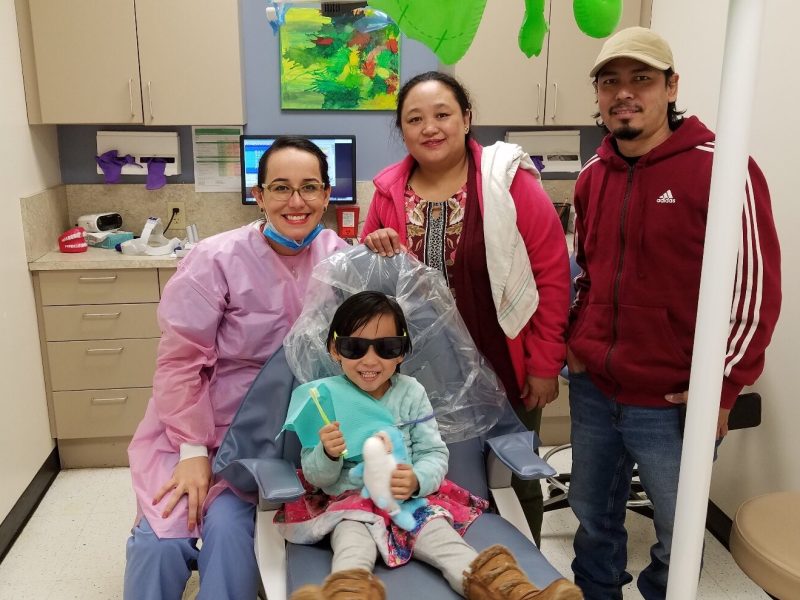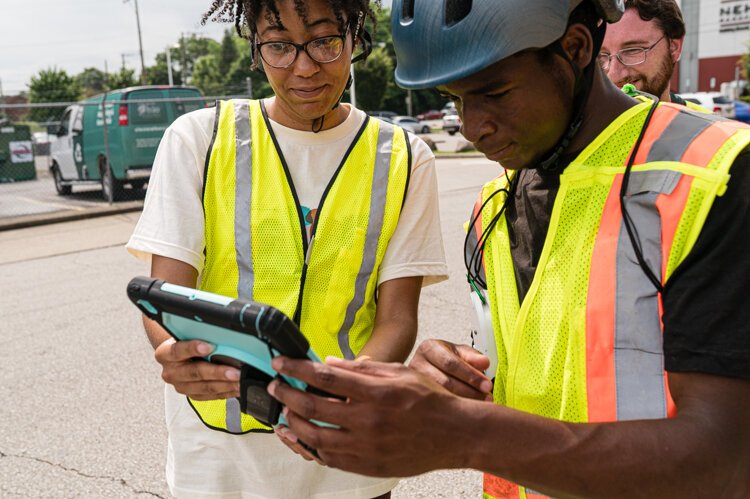Coronavirus and the law: what you should know about Ohio’s stay-at-home-order
The U.S. Constitution gives the states all powers not given specifically to the federal government. Those state powers include law enforcement and protecting the public health, which is why states have had the final say in lockdown measures during the pandemic.

In Cincinnati, a 25-year-old man was arrested in early April for partying in a city street with 50 other young people and, in a video he posted on Facebook, urging others to violate the state’s stay-at-home order.
A day later, 30 miles up Interstate 75 in the town of Monroe, the pastor of Solid Rock Church held a Sunday service with hundreds of members, defying the pleas of local and state officials not to congregate. The pastor says he will continue to do so. He hasn’t been arrested.
During the ongoing coronavirus pandemic, Ohio’s public health and law enforcement officials have walked a sometimes perplexing line between protecting the public safety and allowing the freedoms protected by both the federal and state constitution. How much authority the state has over churches and their religious services during a public health crisis “is unsettled law at this point in time,” says Judge Robert P. Ringland of Ohio’s Twelfth District Court of Appeals.
Ringland researched and published a legal preparedness guide in 2010 for judges and attorneys on state and federal public health emergency laws. Back then, he says, many Ohio judges “yawned and rolled their eyes” over the topic. But knowing the ever-present danger posed by pandemic viruses, he says he always knew the guide would be relevant someday. “It wasn’t a matter of if but when.”
The U.S. Constitution gives the states all powers not given specifically to the federal government. Those state powers include law enforcement and protecting the public health, which is why states have had the final say in stay-at-home and lockdown measures during the coronavirus pandemic.
Under Ohio law, the Ohio Department of Health is “the ultimate authority” in responding to a public health crisis, with the department director signing and issuing the orders. Federal authority supersedes the state’s only when a public health emergency involves national defense or interstate commerce, or where the federal government has direct control, such as military bases.
Historically, both Ohio and federal courts have shown their willingness to give broad emergency powers to government authorities in public health crises. The courts have “understood that difficult trade-offs have to be made in rapidly-changing circumstances defined by uncertainty,” says Micah Berman, an associate professor of public health and law at Ohio State University.
That’s why a federal court recently denied a challenge filed by the League of Women Voters to Ohio’s plan to extend the voting period for this year’s primary election, Berman says. In its ruling, the court said it “will not declare the Ohio’s legislature’s unanimous bill to be unconstitutional simply because other options may have been better.”
Why the stay-at-home order has not been enforced against churches in Ohio may be as much a political issue as it is a legal one, Berman says. In the state’s emergency order, religious services are defined as “essential businesses” and, therefore, exempt from the order. But “it was a policy decision (by the Ohio Department of Health), not one that was clearly required by law,” Berman says. To clarify the law as it applies to religious services, someone would have to take either the state or a church violating the stay-at-home order to court and ask for a ruling, Ringland says.
Separation of Church and State under the U.S. Constitution does not require an exemption for churches during a public health crisis, “so long as the (government) restrictions have a valid secular purpose and are not singling out a particular religious practice,” Berman says. But the Ohio Constitution imposes a higher bar on the state to show that the restrictions against churches employ the “least restrictive means” available. Under Ohio’s stay-at-home order, essential operations, including churches, are required to take social distancing measures where possible.
Solid Rock Church said on its website in early April that it was scaling back its services in response to public criticism. “There are not large numbers of worshipers in the facility, but we are open and continuing to practice and sustain our faith. Fortunately, our facility is large enough that we are able to easily ensure that everyone who is physically in the facility is practicing the physical distancing; we are providing additional cleaning and hand sanitizing stations; and we are holding some services outside to allow for more distance.”
The law is much clearer in Ohio for enforcing the stay-at-home order against citizens congregating for non-religious reasons, and some Ohio localities have been stricter in enforcing the law than others. Hamilton County in particular has been vigilant, arresting more than 21 people from large street gatherings to private parties in bars. Other arrests have occurred in Toledo, Elyria, Bucyrus, and Brunswick, according to news reports.
In a 2008 position paper on pandemics, the American Civil Liberties Union argued that “Coercion and brute force are rarely necessary (to control the spread of disease). In fact they are generally counterproductive — they gratuitously breed public distrust and encourage the people who are most in need of care to evade public health authorities.”
An open letter signed by more than 800 of the nation’s public health and legal experts to Vice President Mike Pence and state and local leaders also urged voluntary measures over arrests “as more likely to induce cooperation and protect public trust.”
Although states are the final authority in determining the response to a pandemic, there is nothing in the U.S. Constitution that prevents Congress or the President from using federal funding as a lever to assist and influence state public health policies, says Peter Shane, a professor of constitutional law at Ohio State University. Nor, he says, does the constitution prohibit the states from asking the federal government for emergency assistance in such crises from its federal stockpile.
Federal health authorities continue to discuss the possibility of testing and certifying people who have resistant antibodies to coronavirus. Doing so would allow workers in key industries to return to their jobs during stay-at-home orders without risking the health of others. Italy has already embarked on that course in some regions of the country.
But Shane doesn’t think it would be practical in a much larger country like the United States. “The number of tests that it would require — it’s hard to imagine it could be done,” he says.
Some larger states might be able to do it on their own, he says, but he doesn’t think the current U.S. Supreme Court would allow the federal government to impose such a program on all states.
TAKE THE 90 SECOND QUIZ HERE.
Support for Ohio Civics Essential is provided by a strategic grant from the Ohio State Bar Foundation to improve civics knowledge of Ohio adults.
The views expressed herein do not necessarily represent those of the Ohio State Bar Foundation.














